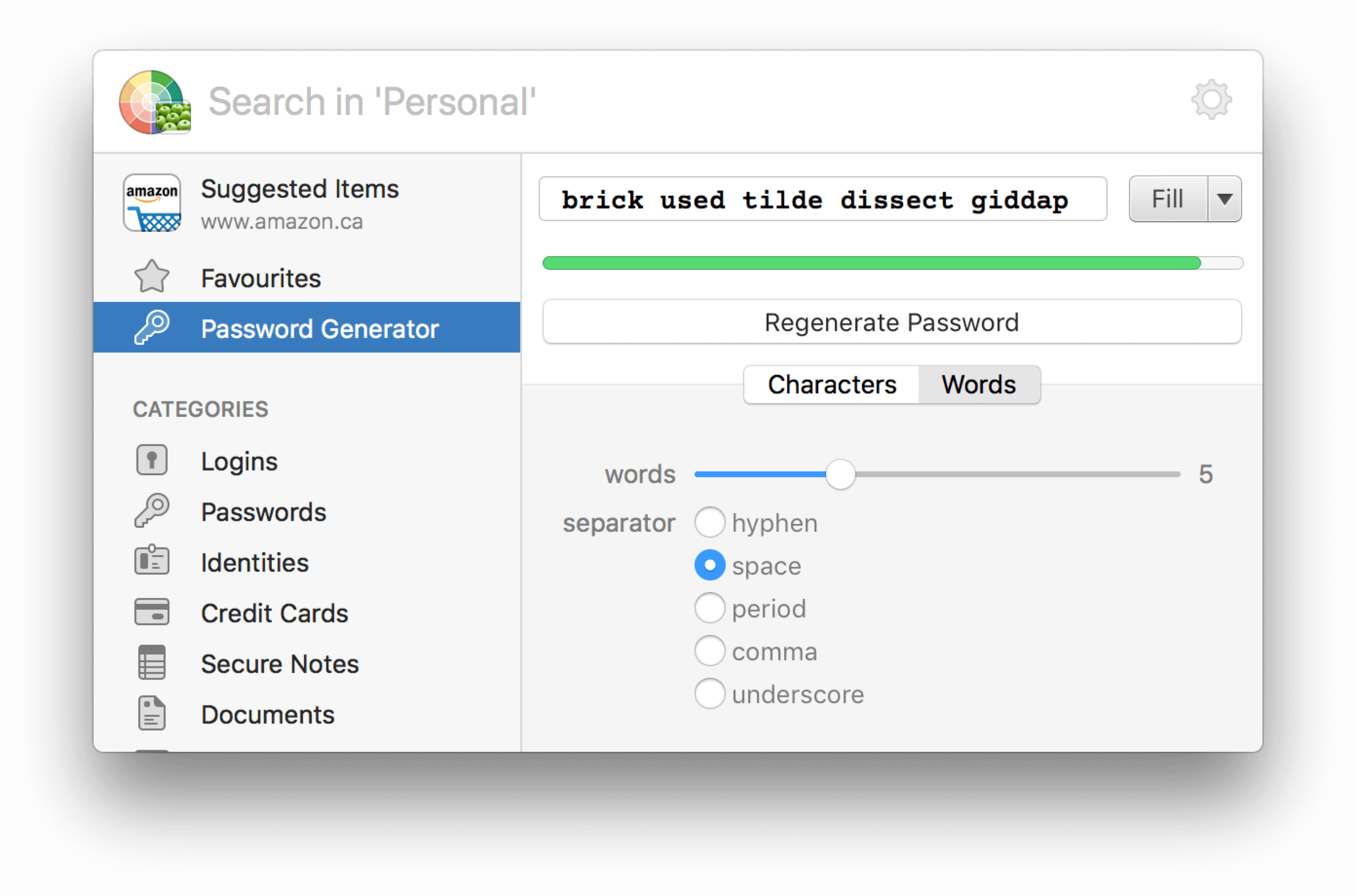
- #My 1password account manual#
- #My 1password account code#
- #My 1password account password#
- #My 1password account windows#
You should receive a message indicating that you successfully set up your device. Depending on your device, you might have to press a button or touch a sensor.
#My 1password account password#
You might not need to enter this password if you have signed in through your Enter a device name and in GitLab 15.10 and later, your GitLab account password.Select Enable Two-Factor Authentication.To set up 2FA with a WebAuthn-compatible device: To enable the feature, an administrator can enable the feature flag named webauthn_without_totp. On self-managed GitLab, by default, optional one-time password authentication for WebAuthn devices is not available. Enable one-time password using FortiAuthenticator If you entered the correct pin, GitLab displays a list of recovery codes. Enter the six-digit pin number from the entry on your device into Pin code.Enter the details provided to add the entry manually.
#My 1password account code#

Deployed behind the ensure_verified_primary_email_for_2fa flag, enabled by default.

Many Linux distributions include git-credential-oauth as a package. To use with self-managed GitLab, see the git-credential-oauth custom hosts documentation.
#My 1password account manual#
Git-credential-oauth supports and several popular public hosts without any manual configuration needed. It is an open-source project and is supported by the community. Git Credential Manager is developed primarily by GitHub, Inc.
#My 1password account windows#
Git for Windows includes Git Credential Manager. This feature is useful whether you use personal access tokens or OAuth. So you do not need to re-authenticate on every push, GCM supports caching as well as a variety of platform-specific credential stores that persist between sessions. To use GCM with self-managed GitLab, see GitLab support. GCM supports without any manual configuration. Git Credential Manager (GCM) authenticates by default using OAuth. Subsequent authentication requires no interaction. The first time you authenticate, the helper opens the web browser and GitLab asks you to authorize the app. This is compatible with two-factor authentication. The following Git credential helpers authenticate to GitLab using OAuth. You can use a personal access token instead. When 2FA is enabled, you can’t use your password to authenticate with Git over HTTPS or the GitLab API.

Use personal access tokens with two-factor authentication If you set up a device, also set up a TOTP so you can still access your account if you lose the device. This performs secure authentication on your behalf. You supply your username and password to sign in. You’re prompted to activate your WebAuthn device (usually by pressing a button on it) when Codes are generated by your one-time password authenticator (for example, a password


 0 kommentar(er)
0 kommentar(er)
